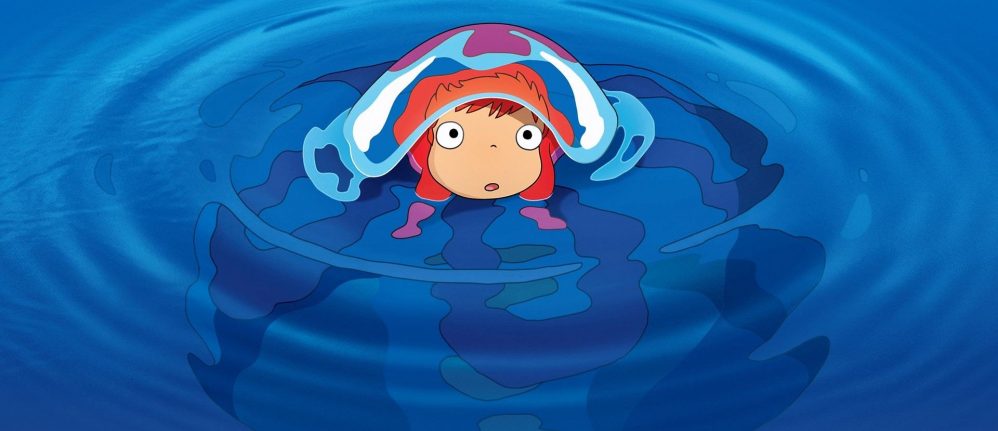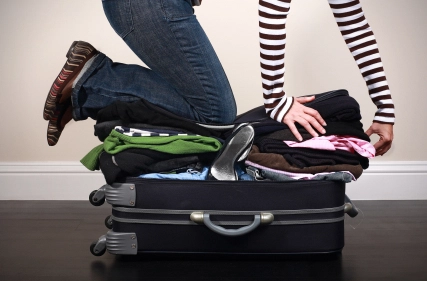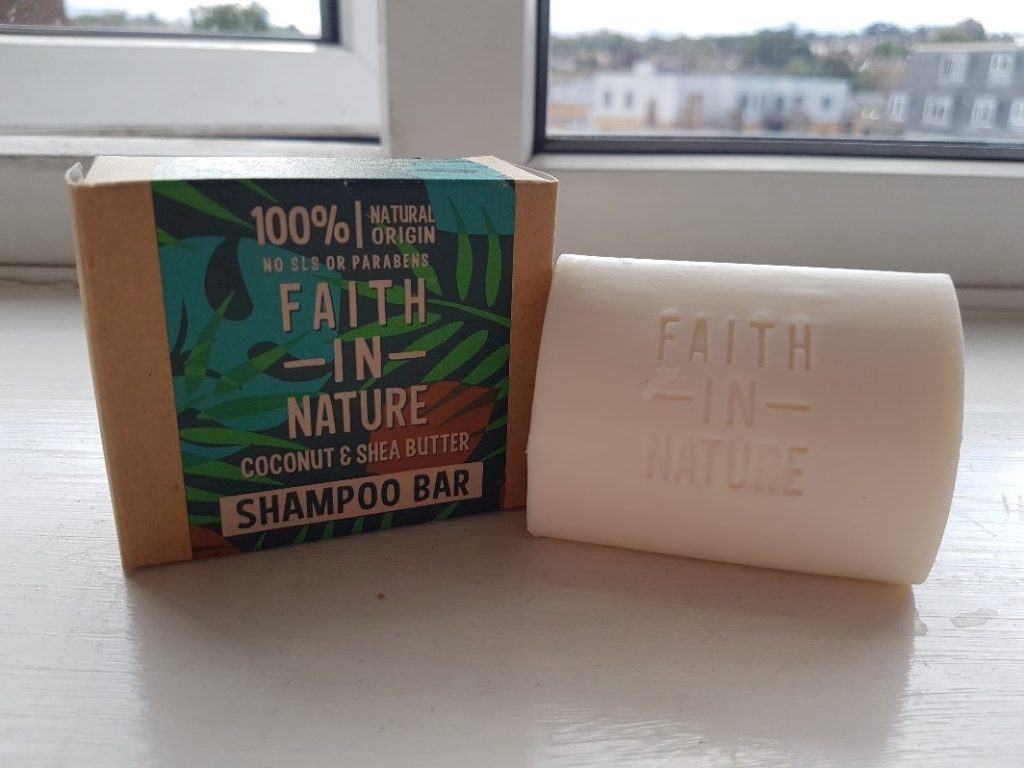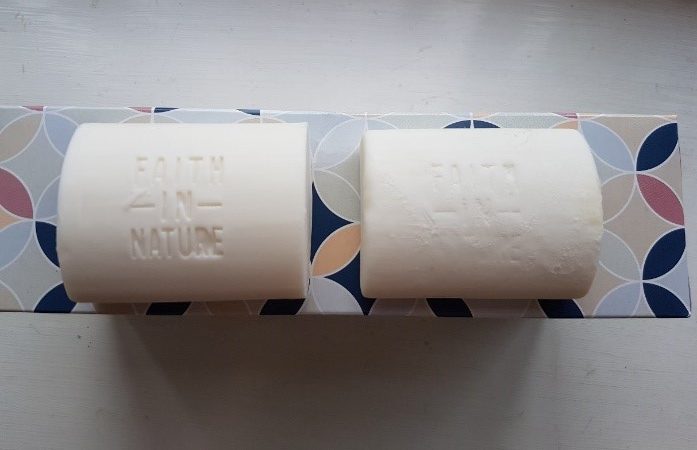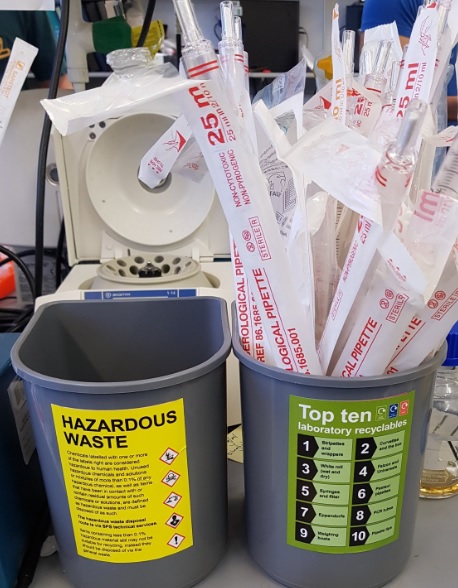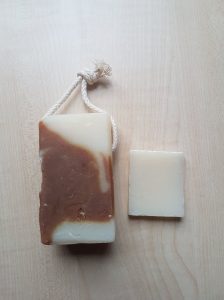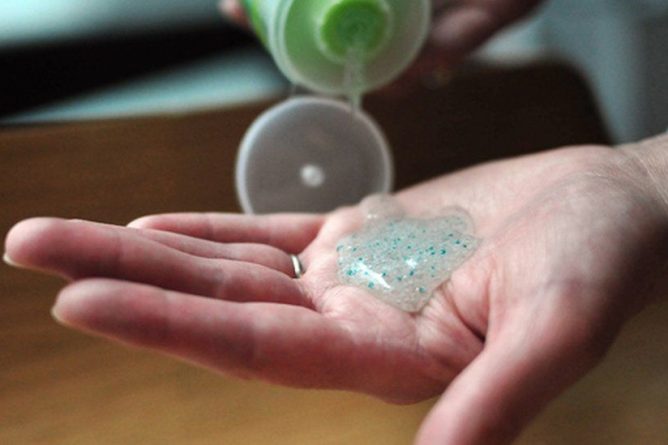Guest Blog from Josh Hill
Josh Hill is a zero-waste products business owner with Soseas and a COVID scientist with a passion for the outdoors and nature.
————————————————————————————————————————–
Christmas is notoriously a time of year linked with over consumption and waste which becomes even more apparent when you look at some of the stats:
- 114,000 tonnes of plastic packaging will be thrown away and not recycled this Christmas
- Over 4 million Christmas dinners are binned every year
- Enough wrapping paper is used to stretch to the moon (most of which is unrecyclable)
Looking at these points above, it’s clear waste is generated from all aspects of Christmas, from decorations and food to gifts and packaging. So to achieve a more sustainable Christmas needs efforts to be made all round, but don’t worry we’ve got suggestions of how to reduce your waste in all these areas.
Sustainable wrapping
Most wrapping paper is single-use and often unrecyclable due to the mix of materials used in its construction, the result is a bunch of wrapping with a fleeting lifespan that’s destined for landfill. But, there are better alternatives out there. Let’s take a look at a few.
Reusing waste paper
Reusing waste paper might not be the prettiest but it’s for sure one of the lowest waste options. Giving material added lifespan that may otherwise be destined for landfill is a great way to reduce waste.
Many papers are suitable but some common options include:
- Newspaper
- Previously used wrapping paper
- Magazines
Furoshiki
Furoshiki is a traditional Japanese wrapping cloth that’s used to wrap clothes, gifts and more. It’s great as it makes use of material you may already have on hand and has the added benefit of looking pretty special too! It does take a bit of practice but there’s plenty of handy tutorials out there,
Recyclable paper
If you have nothing suitable to hand to wrap presents with, consider buying materials with lower impact; reusable cloth options are great but not always easy to source.
Another good alternative comes in the form of recyclable paper (like brown packing paper), at least that way you can put the waste material to use.
Note: When it comes to wrapping any of the above options can be reused if you tie the gift together with a piece of string in place of difficult to remove sticky tape.
Decorations
Christmas decorations are certainly another huge source of waste with tonnes of decorations being discarded annually. Instead opt for using what you have or some of these great DIYs that are worth trying at home.

Dried oranges
Nothing says Christmas more than some festive slices of dried orange dangled around the tree and fireplace.
They’re also super easy to make:
- Cut oranges into 2-3cm slices
- Dry the oranges by placing them in the oven on low
- Turn the oranges every hour until they’re thoroughly dehydrated
Simply pinecone decoration
Christmas DIY decorations don’t get any easier than this foraged pinecone decoration:
- Dot the top of the pinecone with a small amount of hotglue
- Add a loop of twine to the top
Cranberry garland
Cranberry garlands are a great way to add a bit of colour to your tree without using plastic tinsel, they’re also pretty easy to make:
- Thread your needle and pull through so that each end of the string meet (this helps to keep your garland together)
- Make sure you knot the end (a few times) so no cranberries fall off
- Poke through each of your cranberries with the needle until you have made the garland your desired length.
Gifting
We’ve all received those awkward unwanted gifts on Christmas and while we can’t stop your aunty from buying you those ugly socks we have got some suggestions for more sustainable gifting alternatives this season!
Experiences
Gifting experiences is a great way to provide someone with a thoughtful gift without buying more stuff, some great options include:
- A trip away
- A voucher for their favourite restaurant
- Tickets to a gig, the theatre or an event
Pre-loved
Shopping for pre-loved items doesn’t have to be a cop out, many places even sell unwanted new items that are worth saving from landfill. If you’ve got your eye on something for a gift this Christmas it’s worth having a look on websites like depop and eBay to see if a decent second hand option isn’t available first!
Independent and sustainable
Some businesses are more deserving of your custom than others this Christmas, so before you go and buy all your gifts on Amazon consider giving makers, sustainable and local businesses your custom first.
Here are a few great options:

Food
Before you accuse me of a scrooge for asking you to abstain from scoffing your faces all Christmas hear me out!
An eyewatering 2 million turkeys, 5 million Christmas puddings, and 74 million mince pies get binned while still edible, causing almost 270,000 tons of food waste in total during this festive season. Here’s a few tips for reducing your food waste this festive season.
Plan
Planning is one of the keys to keeping your foodwaste under control this christmas, so before you head out and do your big Christmas shop, keep the following in mind:
- Plan your meals around the festive day including portion sizes so you don’t buy too much
- Head to the shop with a list so you don’t deviate from what you need
- Prioritise items with a long shelf life and items that can be frozen
Get creative with leftovers
Don’t let your uneaten food be destined for the bin, get creative with left overs and freeze what you don’t use to extend its shelf life. There are loads of great recipes for leftovers out there, check out some top ones here.
Eat less meat
It’s been widely reported that eating less meat is one of the best ways to reduce your carbon footprint and there’s never been a better time to try some creative veggie recipes out and maybe avoid a few of those extra Christmas pounds.
There we have it, our full guide to having a more sustainable Christmas. Hopefully some of these ideas are useful and have given you some inspiration to bring out your green side this festive season. If you’ve enjoyed this post share it with friends or family that could do with a bit of eco inspiration this Christmas.


